When it comes to having an enjoyable and tranquil landscape in Bozeman or Big Sky, MT, weeds in landscaping can be a huge source of frustration. They take away from that idyllic vibe and can quickly become a nagging nuisance.
Just as weeds can often spread around on your turf areas, they can commonly pop up or spread into landscape beds, too. While there, they can create unwanted competition for your desired plant material while also creating an eyesore to your beautiful landscaping.
In order to help give you a sense of what you might be dealing with, we’ve rounded up a list of some of the common weeds in landscape beds here in Bozeman and Big Sky, MT.
1. Black Medic
This low-growing, spreading weed is characterized by its teardrop-shaped leaves and yellow flowers. As the flowers mature, they form a black seedpod, which is where its name comes from. 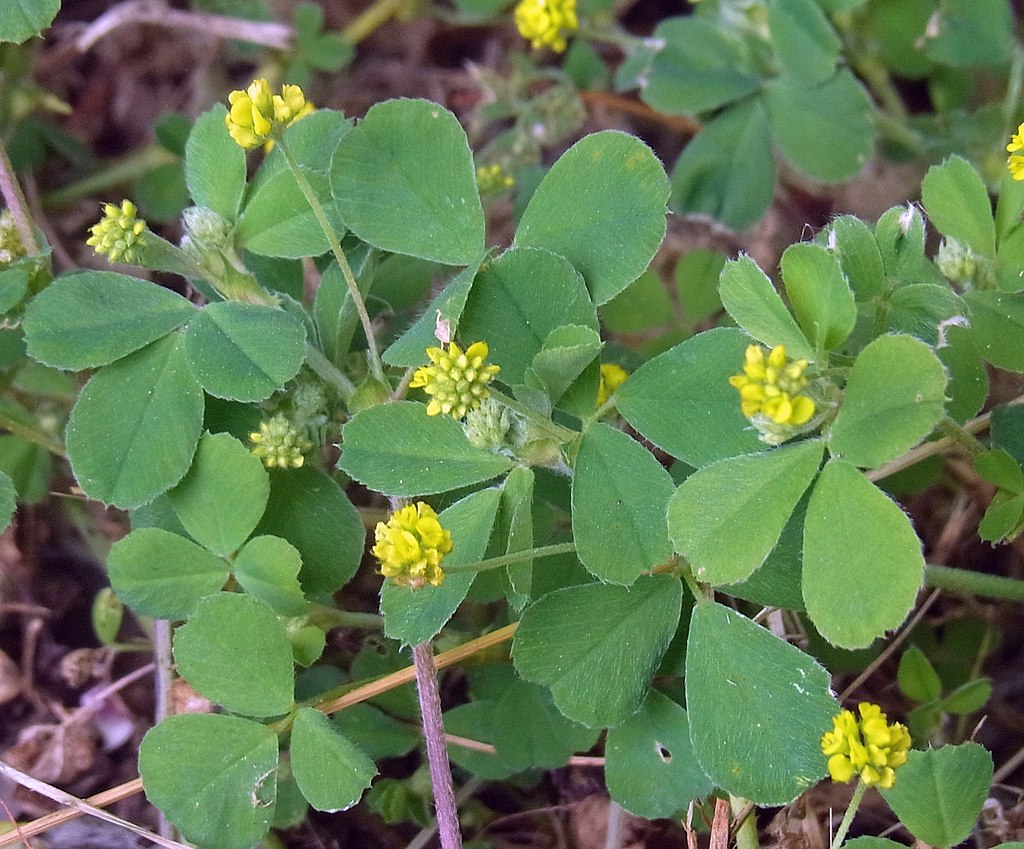
Black Medic prefers full sun growing conditions but is right at home in compacted soil. It’s typically an indication that your soil may be low in nitrogen. It can also be problematic because of its habit of growing close to the ground. It can begin to inhibit the germination of desirable plants.
2. Houndstongue
The leaves on Houndstongue are hairy and rough. Some say that it resembles the feel of a dog’s tongue, hence its name. 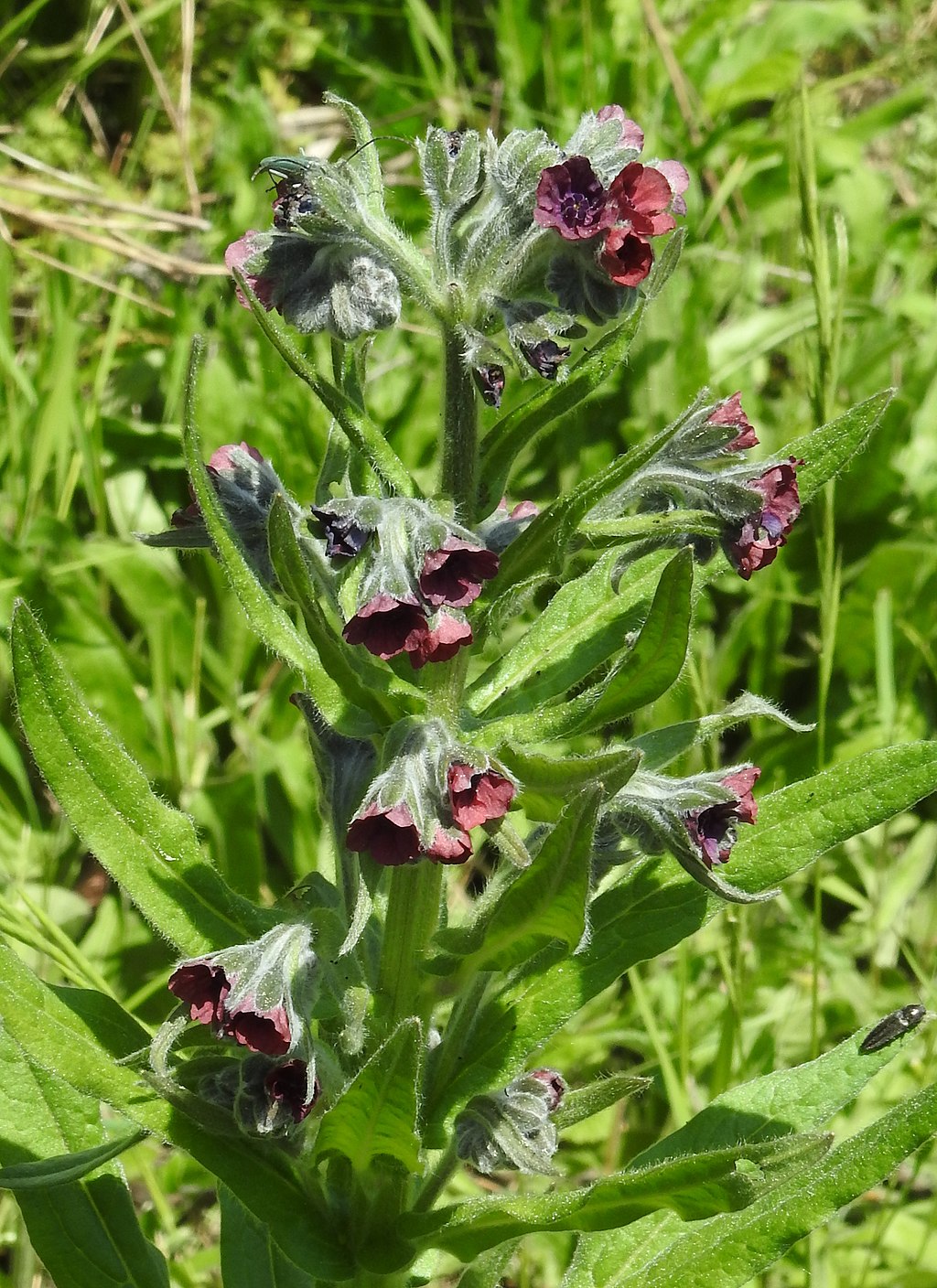
This is a widespread weed in Bozeman and Big Sky, MT, and is known for being poisonous to animals who ingest it. It has vertical flower stems that grow as tall as four feet. The leaves can vary in size.
3. Cheatgrass
This winter annual invasive grass can quickly crowd out desired plant material. In the wild landscape, cheatgrass is a wildfire risk because of the fact that it dries out much earlier than native vegetation. It has very fine leaves and stems, making it highly susceptible to igniting. 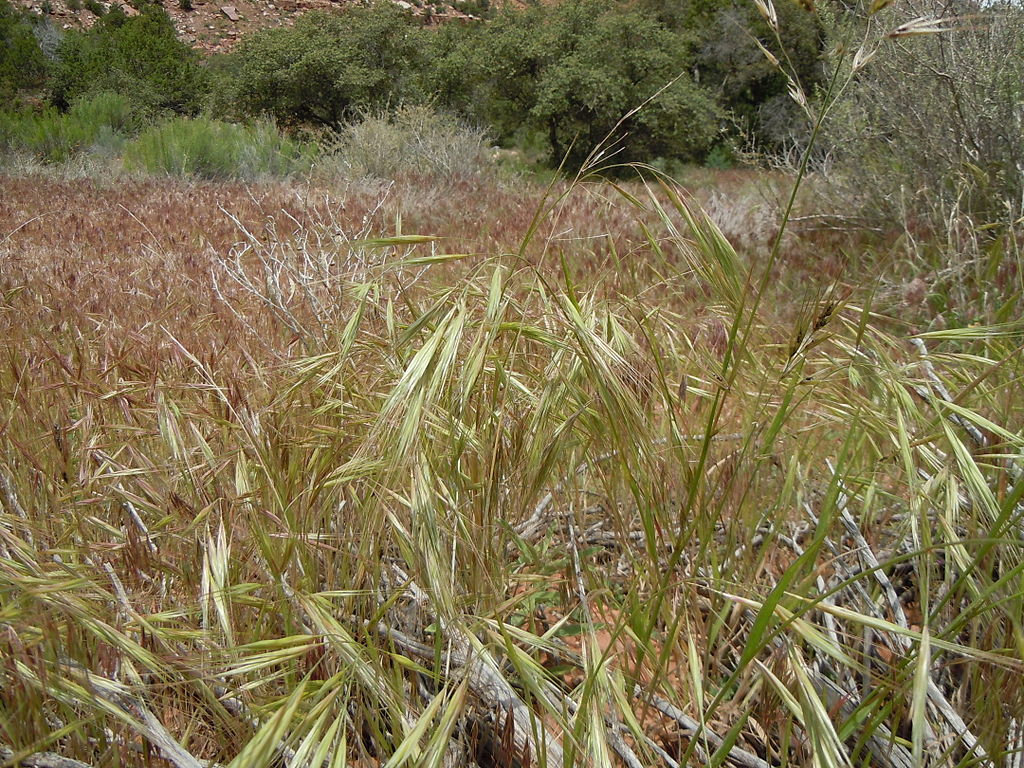
In terms of your property, Cheatgrass has the ability to suck water from the upper soil levels, wilting other plants in the process.
4. Curly Dock
Also sometimes called Sour Dock or Yellow Dock, this is a perennial weed native to Europe, Asia, and parts of Africa. 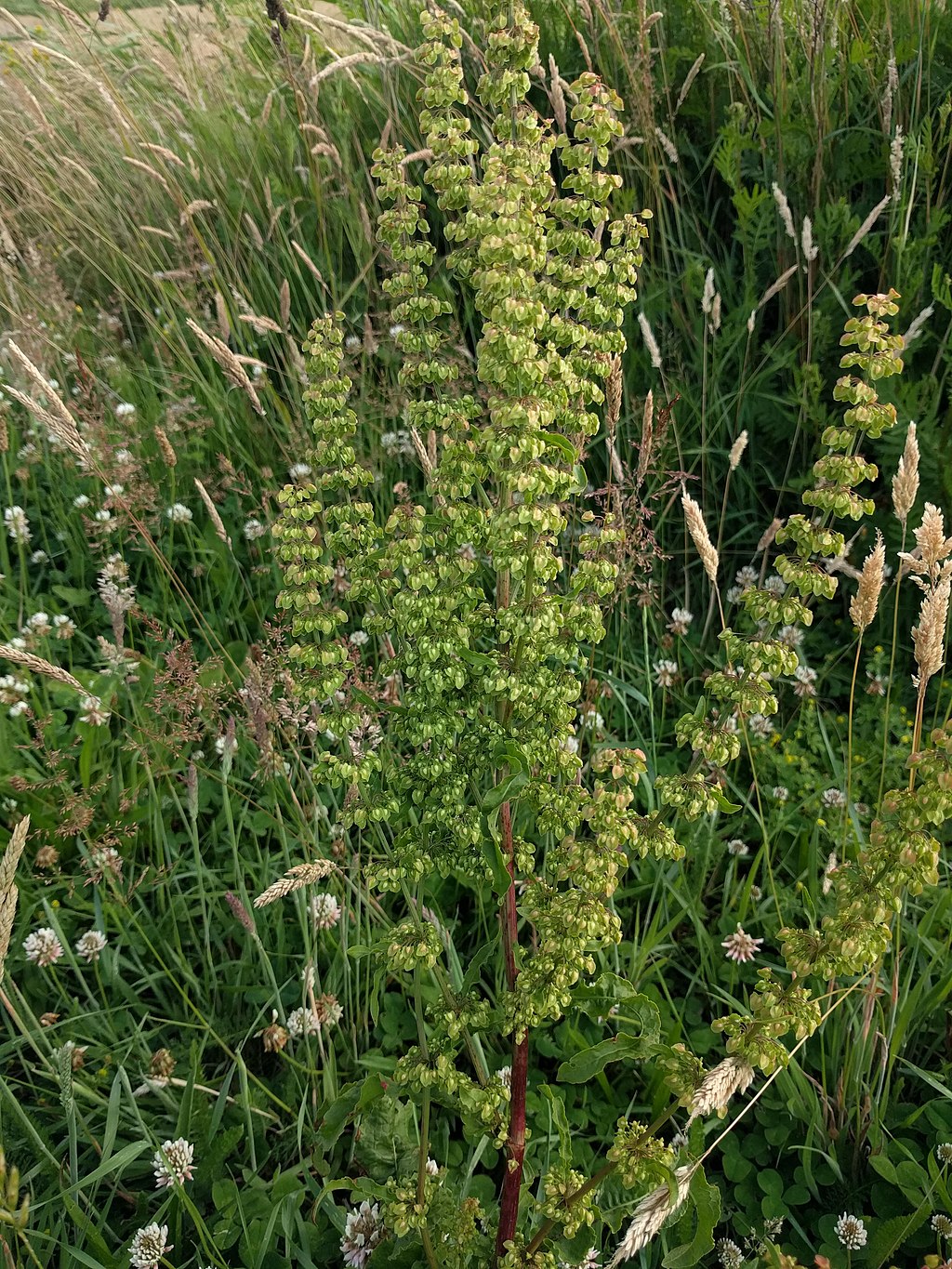
It prefers moist soil but can adapt to many conditions. Curly Dock seed can lay dormant for many years and germinates at different times of the year based on soil temperature fluctuations. This is one of the reasons it can be so difficult to control.
5. Dalmatian Toadflax
This perennial weed has bright yellow flowers and is sometimes mistaken for snapdragon flowers. It grows up to three feet tall and its overall form is narrow and upright. 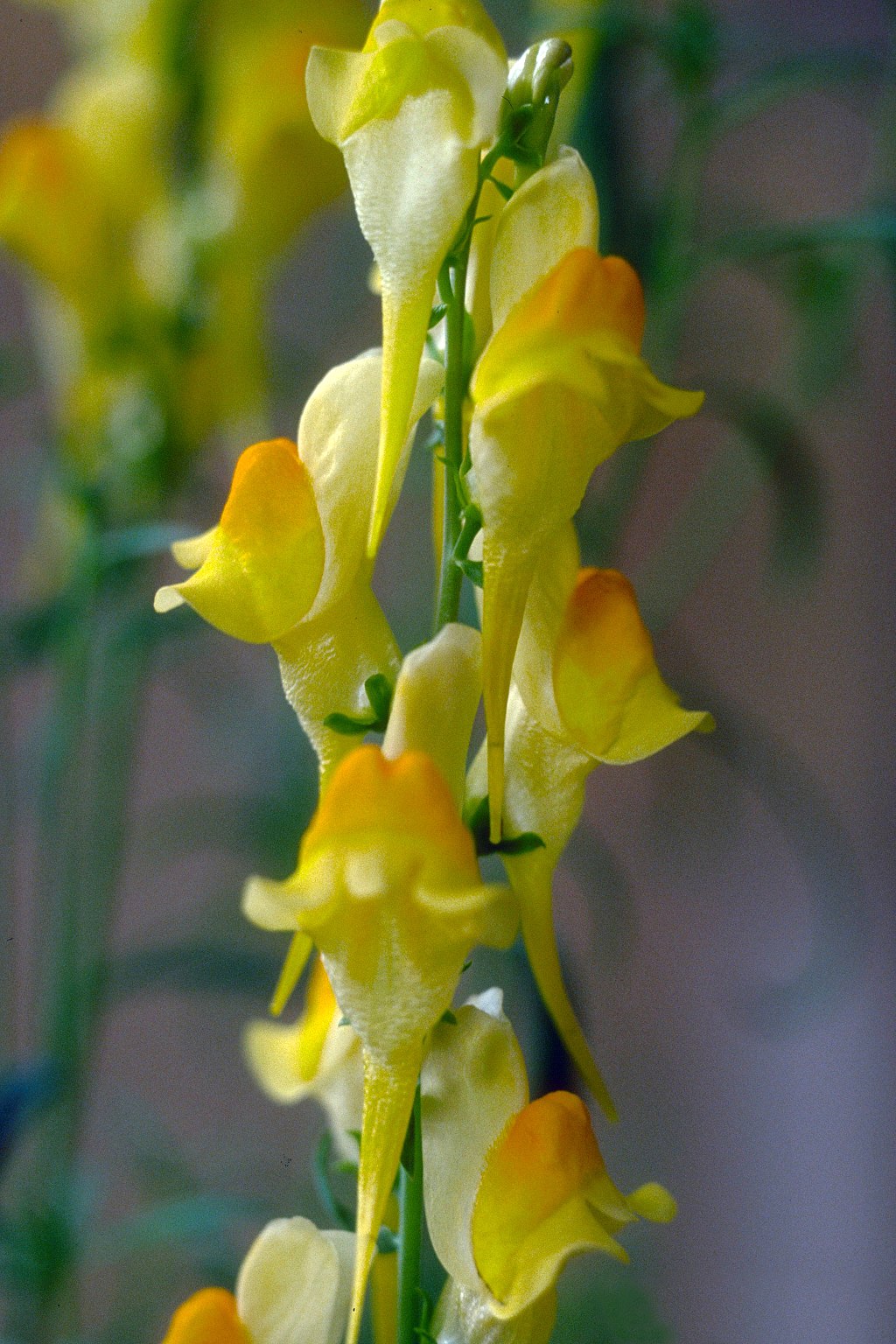
The leaves are heart-shaped, light green, and waxy. It spreads by horizontal or creeping rootstocks as well as by seed. A mature Dalmatian Toadflax weed can produce up to 500,000 seeds.
6. Dandelions
This weed gets its name from its appearance. Dandelion translates roughly to “lion’s teeth,” and the Dandelion has tooth-like leaf serrations. Despite its clever name and bright and cheery yellow flowers, most people find this weed to be a frustration due to its fast-growing nature. 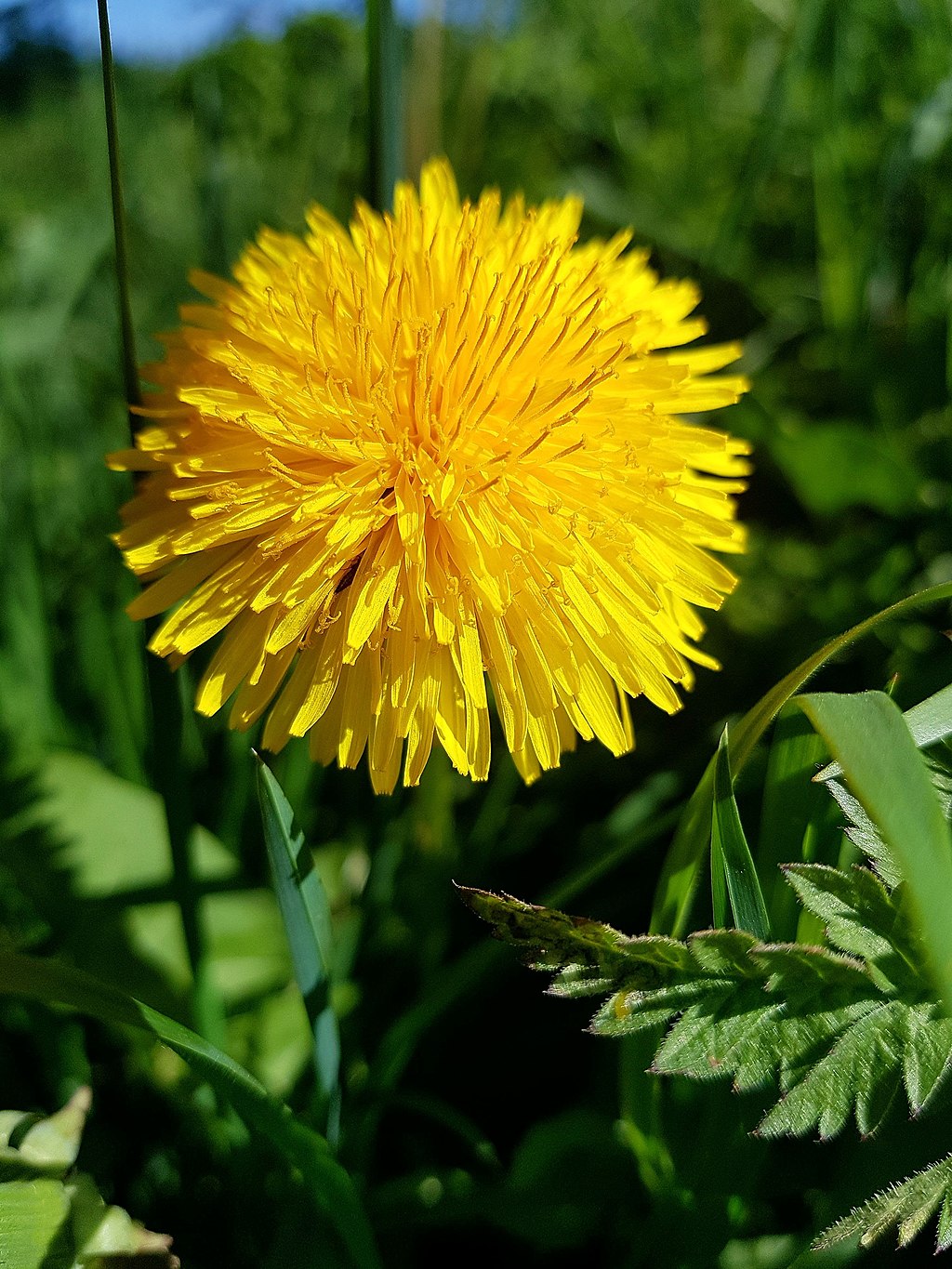
Even when conditions are not suitable for germination, the seeds can remain viable until growing conditions improve. Dandelions can quickly become competition for your desired plant material or just detract from the overall look of your plant beds.
7. White Clover
White Clover is a perennial weed that grows close to the ground. It has been known to spread rapidly. This weed is native to Europe and Asia but widely found throughout the United States.
The leaflets of the White Clover are banded white and rounder than other species of clover. It is distinguishable from Red Clover by its white flowers.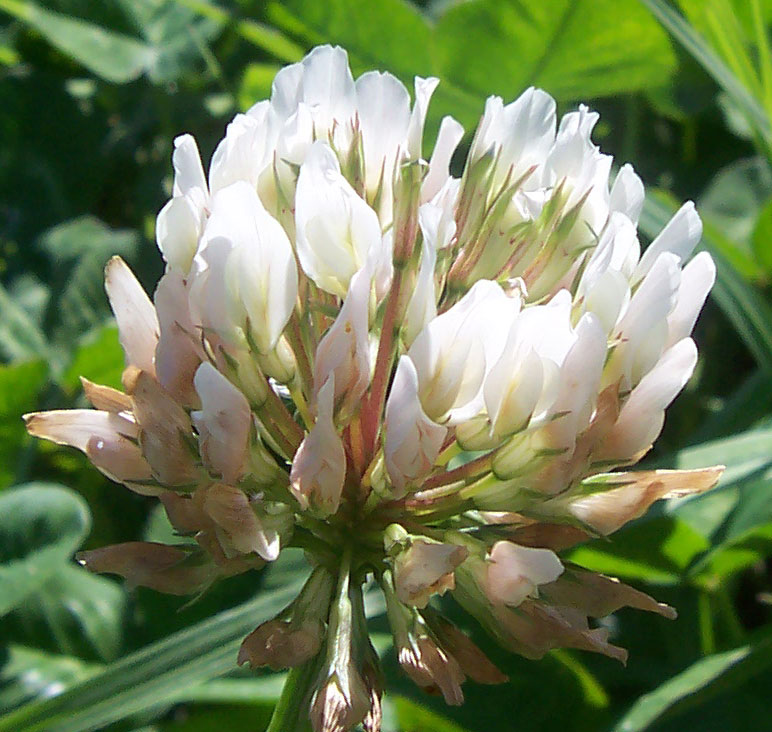
8. Red Clover
This perennial has rose-pink or purplish flowers and trifoliate (consisting of 3 leaflets) leaves. Its stems are somewhat hairy and it grows by spreading. It often grows in clumps and has a fibrous root system.
Red Clover typically starts in lawns but can creep into plant beds. Like other weeds in landscape beds, it can begin to compete with your desired plant material.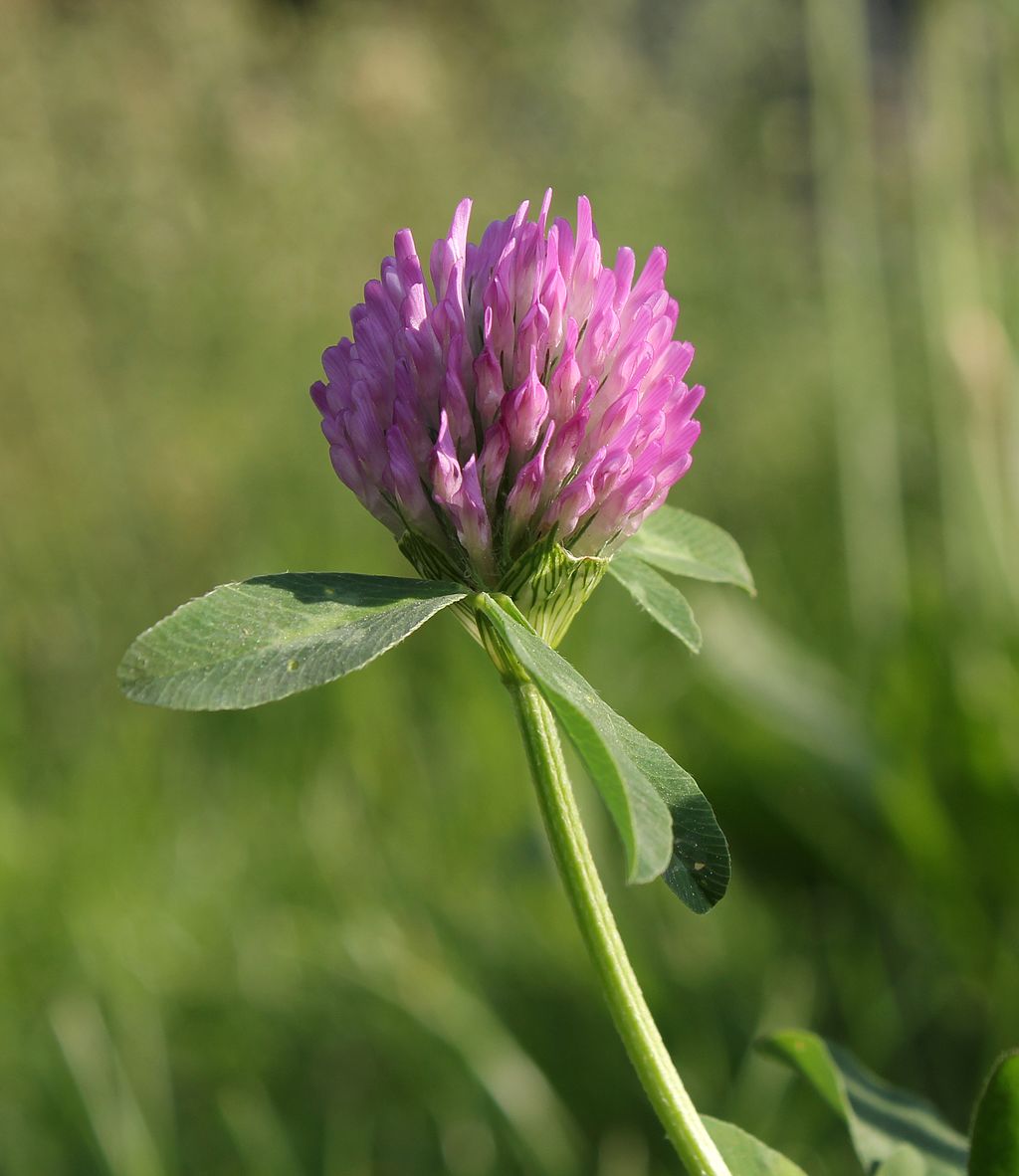
Controlling Weeds in Landscape Beds
There is no single answer in terms of how to address weeds in landscape beds. It all depends on exactly the type of weed that you’re dealing with. We often take a mechanical approach, such as hand-pulling weeds in order to prevent harming any nearby desired plant material. But there are often certain weeds that should not be hand-pulled as it actually stimulates more growth.
Here in Bozeman and Big Sky, MT, we also often incorporate broad landscaped areas like native grasslands or wildflower areas and unwanted weeds do pop up in these zones. However, they are not highly visible. Even so, it’s still important to address unwanted growth in these areas so that they don’t become overtaken by weeds.
In some of these spots, we will perform strategic weed whacking. The idea is to remove the seed heads or flower heads before they go to seed. It’s all about population control.
A lot of our weed control approach also involves a horticultural understanding of what plants and weeds thrive under what conditions. When we first install native plant areas we initially irrigate. This can encourage clovers that love those moist conditions. However, as we back off on the watering schedule, then the native plants will thrive and the clover will die off because it’s not receiving the water it needs.
Generally, our approach to controlling weeds in landscape beds comes down to avoiding chemical weed control products if we can. That’s not to say that we’ll never use them, but we’re not just spraying everything as some landscaping companies might. We’re taking a very strategic and customized approach all depending upon specifically what’s growing on your property.
WATCH THIS VIDEO TO LEARN MORE ABOUT OUR GARDEN SERVICES
At Blanchford Landscape Group, we practice something called “Integrated Pest Management” (or IPM for short). This is an ecosystem-based strategy that focuses on the long-term prevention of pests (in this case, weeds) through the modifications of cultural practices.
There is an IPM pyramid of tactics that can be used and the idea is to start at the bottom with things like weed whacking or hand-pulling. Then we work our way up. Only as a last resort do we turn to the top tier which includes herbicide controls.
Preventing Weeds in Landscaping
Another really important way that we approach weed control is by preventing as many of the weeds in landscaping as we can. Preventing weeds in the first place is always easier than trying to control them later! It’s also part of the best practices of our IPM approach.
A big way that we achieve this is through mulching. We use hardwood mulches that decompose over time, adding nutrients to the soil. But mulch also does a very valuable task of helping to suppress weed growth but blocking weeds’ access to sunlight. This makes it much harder for weeds to breakthrough.
We also focus on preventing weeds in landscaping by paying close attention to the health of desirable plants in your landscaped areas. By ensuring that your plant beds are healthy and thriving, those desired plants will outcompete the weeds. To achieve this, we’re looking at vital cultural requirements of your plants like sunlight and watering.
It’s part of a horticultural practice that can be stated simply as: “right plant, right palace.” Although it is definitely a simple concept, you’d be surprised how often even some “pros” install plant material in a spot where it’s never going to thrive. When this happens, the weeds ultimately win! But it doesn’t have to be that way. Choosing a landscape professional who has horticultural experience will help prevent the weeds from taking over.
A Thriving Ecosystem that Suppresses Weeds
In the end, it boils down to having a landscape professional on your property who understands what it needs and can help it perform optimally. When it comes to having a thriving ecosystem on your property, you need a landscape professional who has that horticultural expertise to make the best choices.
This means someone who doesn’t just spray everything but instead takes a targeted and thoughtful approach to weed control.
At Blanchford Landscape Group, our landscape maintenance services fall under our Garden Services division and we take them seriously. We understand that sustaining a thriving ecosystem that suppresses weed growth is what will give you that desired landscape that helps you fully relax and enjoy the scenic view. We know that’s what you want—and we believe that’s what you deserve.
Are you ready to learn more about garden services (landscape maintenance) at your Bozeman or Big Sky, MT home? Let’s connect and talk about your needs. Then we can meet and review a detailed plan of action. With everything being handled for you, you’ll be able to relax and enjoy your landscape.
Image Source: Black Medic, Houndstongue, Cheatgrass, Curly Dock, Dalmation Toadflax, Dandelions, White Clover, Red Clover




